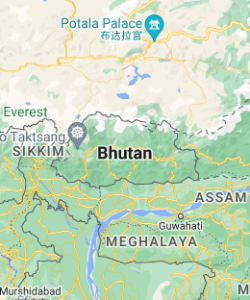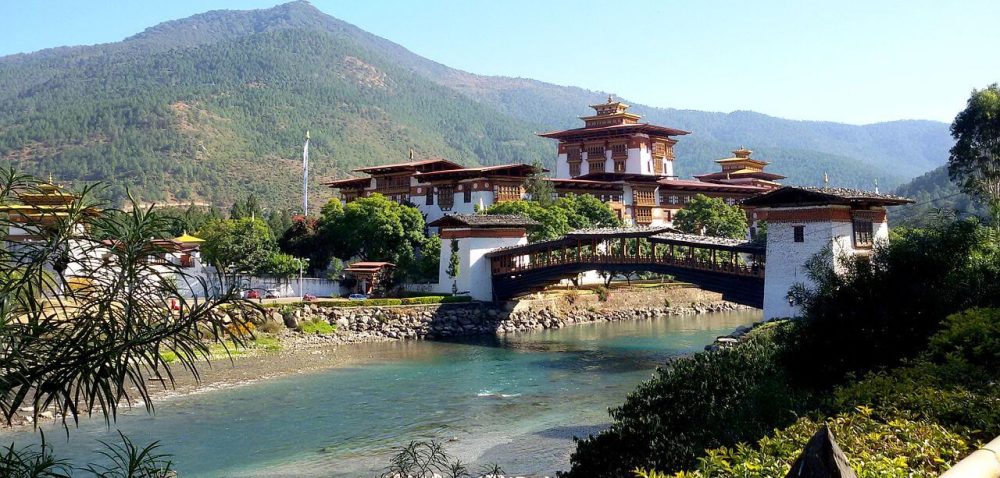 Overview
Overview
Bhutan? Where is that?
Secluded in the eastern Himalayas between India and China, as big as Switzerland, but sparsely inhabited, with a population of around 750,000. The mountains are magnificent, the forest are dense, the people are delightful, the air is pure, the architecture imposing, the religion exciting, the art superb. But the surprising fact is that it’s all true. For the occasional visitor, Bhutan is truly Shangri-La, the mythical country hidden deep in the mountains.
The early 1960s saw Bhutan’s first cautious opening to the outside world. Tourism began for the first time on June 2nd, 1974, the coronation day of the seventeen-year-old king Jigme Singay Wangchuck, the fourth monarch. The idea of happiness and wellbeing as the goal of development has always been a part of Bhutanese political psyche. While this has influenced Bhutan’s development endeavor during the early part of modernization process, it was not pursed as a deliberate policy goal until His Majesty the fourth king of Bhutan introduced Gross National Happiness (GNH) to define the official development paradigm for Bhutan.
